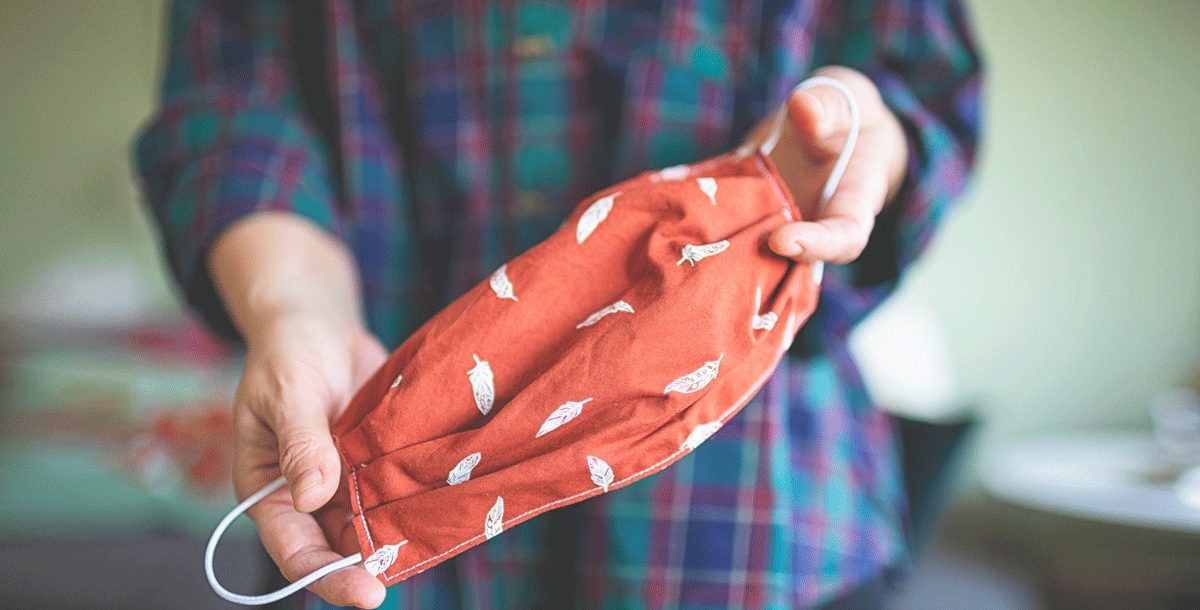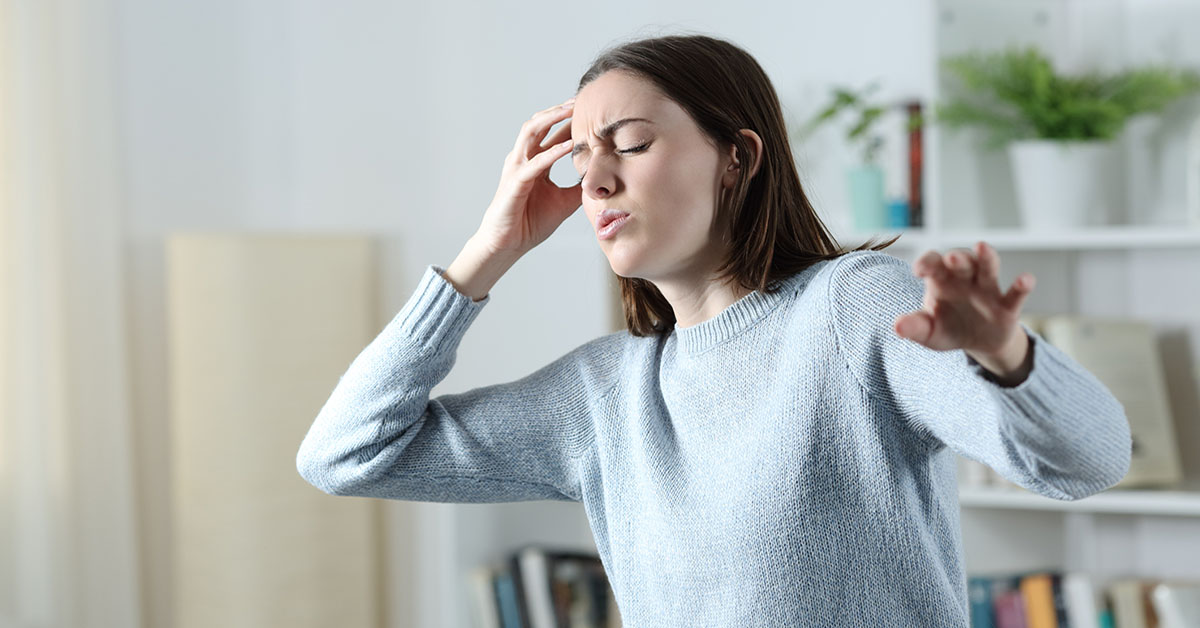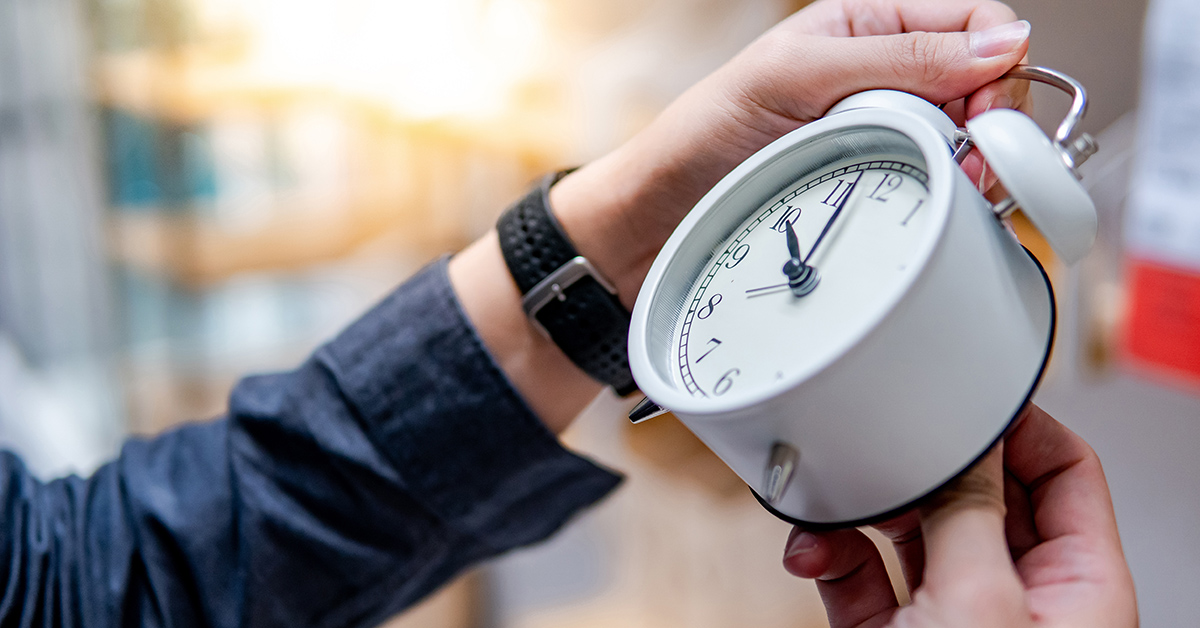Everyone should start wearing cloth face coverings in public settings where social distancing measures are difficult to maintain, according to the Centers for Disease Control and Prevention (CDC). These public settings include any essential trips to receive medical care, pick up medications at the pharmacy, and purchase food and household essentials at the grocery store.
You may be wondering why you need to cover your face even though you’re feeling healthy and normal. You may also want to know how your cloth covering should fit your face for the best protection. We’ve got you covered with everything you need to know.
Wear a cloth face covering, slow the spread
Recent studies have shown lots of individuals who have COVID-19 are asymptomatic. This means that while they are infected with the virus, these individuals do not have any of the symptoms.
Additionally, many individuals are presymptomatic. This means that while they eventually develop COVID-19 symptoms, they are infected with the virus for days before getting sick.
When interacting with others in close situations, asymptomatic and presymptomatic individuals can spread COVID-19 to others at any time during their infection. Coughing, sneezing or even talking in public settings can spread the virus.
If everyone, including healthy individuals, starts wearing cloth face coverings, it will help slow the spread of COVID-19 in our communities — especially in communities with higher numbers of cases. It is important to note that wearing a cloth face covering is suggested in addition to social distancing measures already in place, not instead of.
Cloth face covering requirements
Your cloth face covering should:
- allow you to breathe without restrictions
- have multiple fabric layers
- fit tightly on the sides of your face, but should not be uncomfortable
- be secured to your face with ear loops or ties
PLEASE NOTE: The cloth face coverings recommended for the general public don’t include surgical masks or N-95 respirators. Please save these critical supplies for health care workers and first responders!
Tips for making a cloth face covering at home
Cloth face coverings can be made inexpensively with common household items.
Check out instructions for making a face covering at home in this video.
Additional cloth face covering information
- After wearing your face covering in public, be careful when removing it from your face. Avoid touching your eyes, nose and mouth, and be sure to wash your hands right away.
- Wash your cloth face covering frequently. The material you are using for your covering should be able to withstand machine washing and drying without any damage.
- Don’t use cloth face coverings on kids under the age of 2. Also, unconscious or incapacitated individuals who are unable to remove a covering without assistance should not wear one.
Stay updated on what Bon Secours is doing related to COVID-19.





